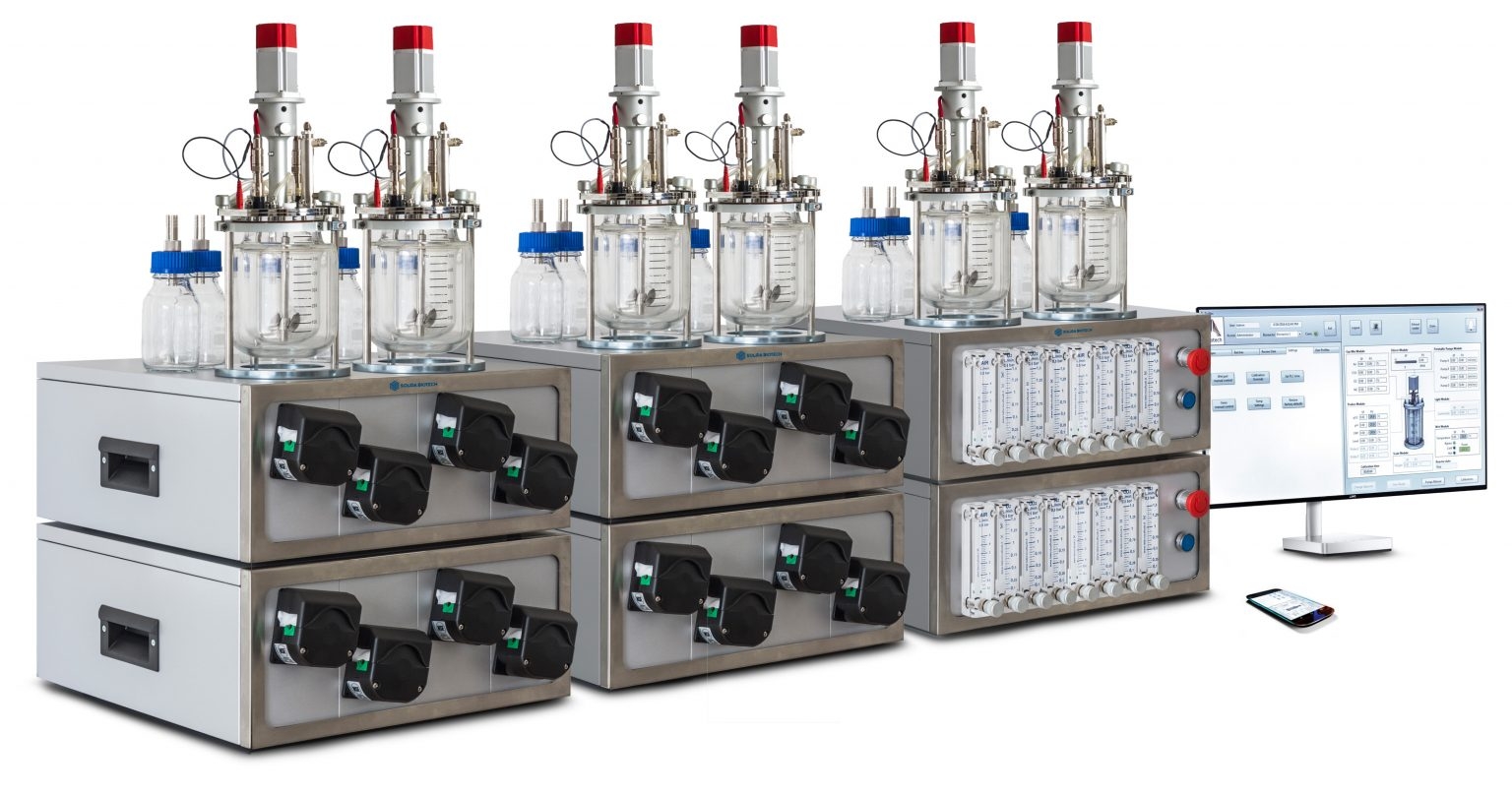The Rise of Small Scale Bioreactor Industry

Types of Laboratory Bioreactors
There are several types of Laboratory Bioreactors that are used for research, process development or small scale production purposes. Some of the commonly used Laboratory Bioreactors include:
Stirred Tank Bioreactors: These are the most commonly used Small Scale Bioreactors in research and development. They have a well-mixed liquid region and come in varieties of working volumes ranging from 100ml to 20L. The mixing in these bioreactors is achieved through impellers. Various types of impellers like radial, axial, diagonal etc. can be used depending on the mixing requirements. Sensors for temperature, pH and dissolved oxygen are integrated for process monitoring and control.
Bubble Column Bioreactors: These bioreactors have no moving parts and rely on the rise of gas bubbles through the liquid medium to provide mixing. They are simple in design but do not ensure optimal mixing. They are used for gas-liquid applications like suspension cell cultures. Working volumes range from 100ml to 20L.
Air-Lift Bioreactors: They are a modified version of bubble column bioreactors that utilize an internal loop circulation created by the gas lift effect to enhance mixing. denser medium is lifted to the top while the lighter medium falls along the walls, creating a circular mixing pattern. They find applications where gentle mixing is required.
Packed Bed Bioreactors: In these, the culture is immobilized on inert packing materials like beads, hollow fibers and allows the culture medium to flow through it. They are used for continuous or repeated batch operations. The culture and medium separation is also easier. Working volumes range from 100ml to 5L.
Fluidized Bed Bioreactors: These have a similar working as packed beds but use a slightly higher flow rate which causes the solid support particles to behave like a fluid. This improves mass transfer but may cause shear stress. Mainly used for immobilized cell systems.
Components of Small Scale Bioreactor
All bioreactors have certain basic components to function effectively:
Vessel: It is the main reaction chamber where the biological process takes place. Vessels in Laboratory Bioreactors are made of glass, stainless steel or single use flexible bags.
Impeller: Used in stirred tank bioreactors to provide mixing. Various types are available based on mixing needs.
Sensors: Critical process parameters like pH, temperature, and dissolved oxygen are monitored using integrated probes and sensors in real time.
Gas mixing: Spargers are used to introduce air or oxygen into the broth to meet the organism's requirement through the reaction. Anti-foam systems may be present.
Sampling: Sample ports with sampling valves and pumps are provided to withdraw samples aseptically for analysis.
Get More Insights on- Small Scale Bioreactors
- Industry
- Art
- Causes
- Crafts
- Dance
- Drinks
- Film
- Fitness
- Food
- Jogos
- Gardening
- Health
- Início
- Literature
- Music
- Networking
- Outro
- Party
- Religion
- Shopping
- Sports
- Theater
- Wellness
- News


